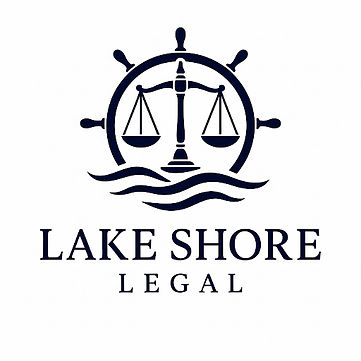Entity Formation 101 – C-Corp
- kiel85
- Feb 14, 2018
- 4 min read
Welcome back to another wonderful addition of the Business 101 – Entity Formation Series. Over the past few weeks we focused on the two most basic and arguably popular forms of business in America Sole Proprietorship and General Partnership. As you will recall neither of these business entities required budding entrepreneurs to perform any filing requirements, but the ease created by the lack of formality also creates potential for serious liability as neither a general partner or Sole Proprietor were able to escape liability to acts of the company. This week we will begin to focus on entities with reduced liabilities and filing requirements. Up first is the Publicly Held Corporation.
It is most certainly important to note that there are two types of Corporations, the C Corporation and S Corporation. This bLAWg is meant to provide the slimmest glimpse into what defines a C Corp and is in no way an exhaustive explanation or study of their benefits or detriments.
So, what is a C Corp? A C Corporation, more commonly referred to as a C Corp, is a statutorily created and regulated legal entity that allows its owners, known as shareholders, to form a business operation as a separate, legal entity guided by a group of officers known as the board of directors.
There are five key attributes to C Corps; limited liability, free transferablilty of ownership, continuity of existence, centralized management and entity status.
Limited Liability – Unlike Owners in a General Partnership or Sole Proprietorship, Shareholders in a C Corp are NOT personally liable for corporate obligations. Similar to shareholders, managers of a C-Corp are also not normally personally liable for corporate obligations if they acted on behalf of the C Corp.
Free Transferability – Ownership interest in a C Corp, known as shares, are generally freely transferable and can be bought and sold at the shareholders’ will. This free transferability means capital can be raised easily through the sale of stock.
Continuity of existence – C Corps are perpetual, meaning they continue on forever, unless a shorter term is specifically stated in the Certificate of Organization. (This is a huge continuity benefit as Sole Proprietorships and General Partnerships end at the death of an owner).
Centralized Management Structure – Under the corporate statutes a C Corp is normally managed by or under the direction of a Board of Directors and a shareholder as such has no right to participate in management. Shareholders do have a say in who manages the organization, as directors are typically elected by shareholders of Common Stock. (This will be discussed in future bLAWgs.)
Entity Status: Unlike General Partnerships and Sole Proprietorships, C Corps are legal entities treated in the eyes of the government as legal persons all unto themselves. This means C Corps can hold property, can sue and be sued, and are even given first amendment protections to make political statements and provide political contributions. (See, Citizens United v. Federal Election Commission, 558 U.S. 310 (2010), if you are interested in one of the more fascinating constitutional law cases of all time.)
While it may not be traditionally considered a defining feature of a C Corp, double taxation on corporate profits is often considered the single most negative defining factor of C Corps. Double Taxation means tax is first paid at the corporate level and if corporate profit is then distributed to shareholders as dividends, the shareholders pay tax at the individual level on that income. This detriment of C Corps may have been slightly mitigated due to the recent reduction of the corporate tax rate from 35% to 21%, however, they are still double taxed. Double taxation is a big driver many business owners to form S Corps or LLCs due to their pass through entity status.
In addition to double taxation C Corps are subject to significant filing requirements with the state of incorporation and sometimes with the federal government, which can be both costly and time consuming. In Massachusetts, all foreign and domestic corporations registered in the state are at a minimum required to file an annual report with the Secretary of the Commonwealth within two and one-half months after the close of their fiscal year.
So how does one start a C Corp? The first step should always be to call Lake Shore Legal, LLC so we can evaluate whether a C Corp is the right entity for you. If a C Corp is the proper choice, then an Incorporator or Promoter files Articles of Organization with the Secretary of the Commonwealth. The function of the Article of Organization is to create the ownership structure by designating the classes of stock and the number of shares of each class that the C Corp is authorized to issue.
Again, I want to point out this is a very basic overview of a C Corp. If you have any questions or concerns regarding the starting of a C Corp, please reach out to Lake Shore Legal, LLC for a consultation.



Comments